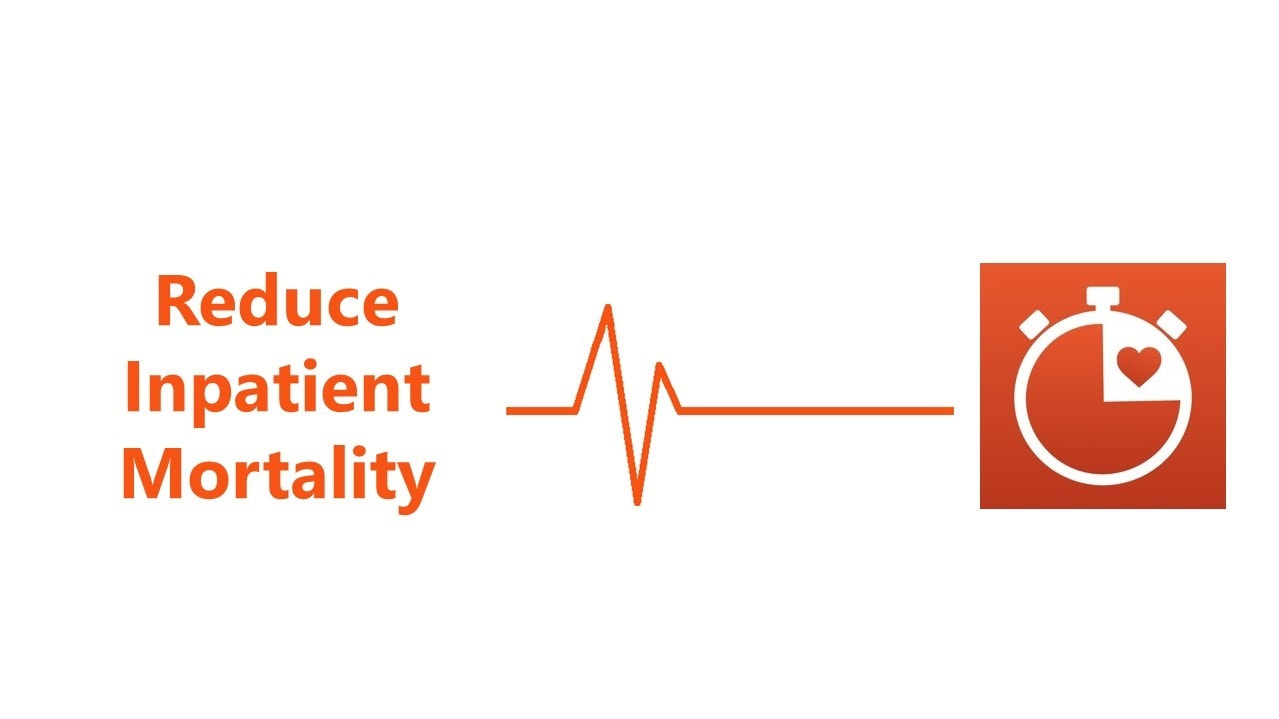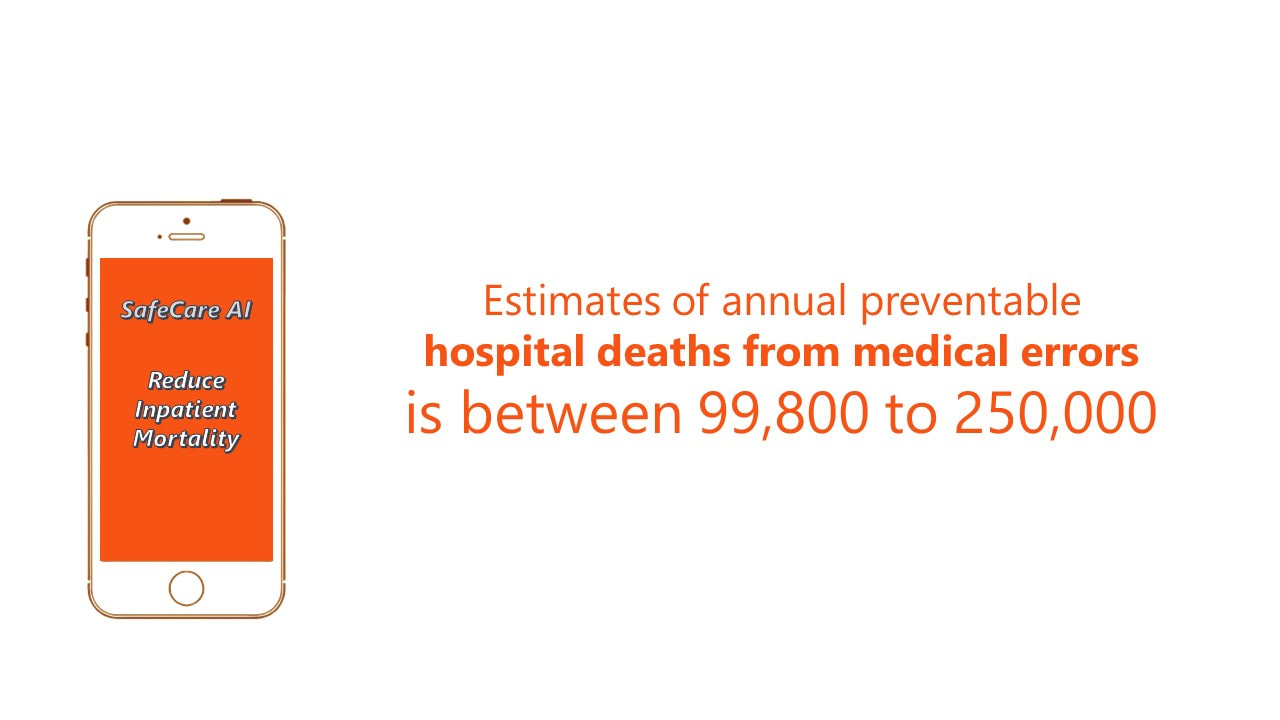Reducing Inpatient Mortality - Dynamic Healthcare Predicting
|
Inpatient Mortality
High-quality healthcare has been defined as care that is safe, effective, patient-centered, timely, efficient and equitable. The hospital inpatient mortality rate (the proportion of patients who die during or shortly after admission to hospital) would be expected to reflect the safety, effectiveness and timeliness of care. A hospital's mortality rates are compared with U.S. National rates to determine whether patients admitted to the hospital have mortality rates that are lower (better) than the U.S. National rate, about the same as the U.S. National rate, or higher (worse) than the U.S. National rate, given how sick they were when they were admitted to the hospital. |
|
It has been estimated that there are between 715,000 and 776,000 hospital deaths each year in the United States. Estimates of preventable hospital deaths from medical errors range from 250,000 to as high as 440,000 annually.
Flaws contributing to preventable mortality include delays in responding to deteriorating patients, suboptimal critical care, hospital-acquired infections, postoperative complications, medication reactions, and community issues such as the availability of hospice care. |



